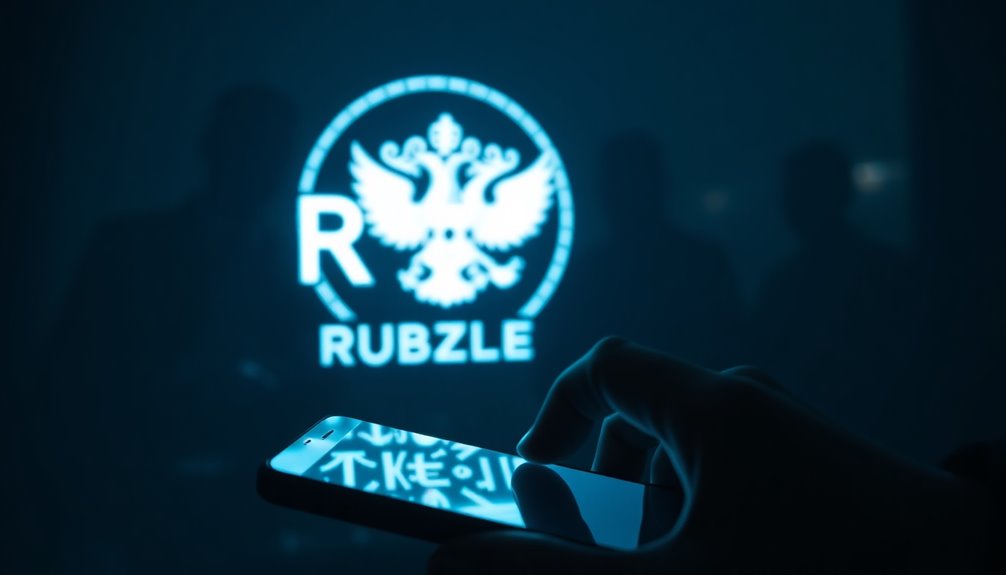You might wonder if the Russian Digital Ruble is merely a clever workaround for international sanctions. Launched in August 2023, it aims to bolster economic resilience and strengthen trade ties with countries like China and India. Yet, can it truly bypass the stringent restrictions that Western nations impose? As you explore this topic further, the implications for Russia's economy and international relations may surprise you.

As you explore the evolving landscape of digital currencies, the Russian Digital Ruble stands out as a significant development. Launched on August 15, 2023, it's Russia's official central bank digital currency (CBDC) issued by the Central Bank of Russia. With a 1:1 exchange rate to the traditional ruble, it aims to modernize the financial system while addressing pressing economic challenges.
One of the primary goals behind the Digital Ruble is to mitigate the impact of international sanctions on Russia. By providing an alternative payment system, the Digital Ruble could help Russia navigate the financial restrictions imposed by various countries. It's a strategic move to enhance economic resilience and reduce dependency on traditional financial infrastructures, which have become increasingly hostile. The Digital Ruble's development is also centralized and managed by Russia's Central Bank, ensuring government oversight.
You can see how this approach aligns with Russia's broader strategy to diversify its financial sector and foster more robust international trade relationships.
The technology backing the Digital Ruble is equally noteworthy. It utilizes blockchain technology to ensure secure transactions, which allows for greater transparency and efficiency within the financial system. The Bank of Russia oversees the issuance and circulation of digital rubles, creating a two-tier system that involves commercial banks as intermediaries.
This arrangement allows for a controlled rollout, initially focused on individual settlements before expanding to corporate use. You'll find that this structure aims to strike a balance between innovation and regulatory oversight, reflecting the cautious approach that the Russian authorities are taking.
However, the Digital Ruble isn't without its challenges. Public distrust plays a significant role in its acceptance. Many Russians are skeptical about state-controlled digital currency, fearing that it could lead to increased surveillance and loss of financial privacy.
Despite its potential advantages, you might encounter resistance from those who prefer the anonymity associated with cash transactions or unregulated cryptocurrencies.
While the Digital Ruble has the potential to enhance international trade, particularly with countries like China and India, it's not a silver bullet for completely bypassing sanctions. Western nations are closely monitoring its development, aware that its implementation could alter the dynamics of global trade.
As you consider the implications of the Digital Ruble, it's crucial to recognize that while it offers a new avenue for transactions, it won't entirely eliminate the limitations imposed by existing sanctions.









